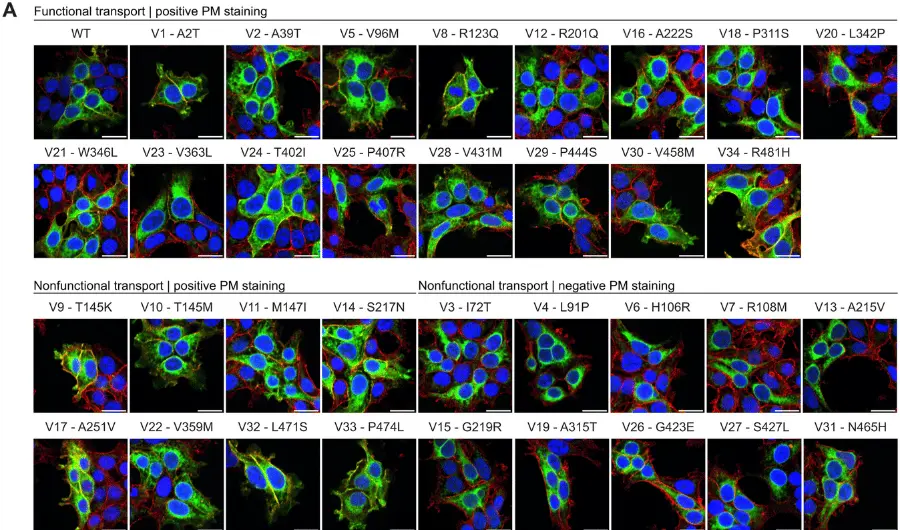Interneuron Transplantation: A Prospective Surgical Therapy for Medically Refractory Epilepsy
April 3, 2020
Excitatory-inhibitory imbalance is central to epilepsy pathophysiology. Current surgical therapies for epilepsy, such as brain resection, laser ablation, and neurostimulation, target epileptic networks on macroscopic scales, without directly correcting the circuit-level aberrations responsible for seizures.
The transplantation of inhibitory cortical interneurons represents a novel neurobiological method for modifying recipient neural circuits in a physiologically corrective manner. Transplanted immature interneurons have been found to disperse in the recipient’s functional brain tissue, where they develop elaborate structural morphologies, express histochemical markers of mature interneurons, and form functional inhibitory synapses onto recipient neurons. Transplanted interneurons also augment synaptic inhibition and alter recipient neural network synchrony, two physiological processes disrupted in various epilepsies.
In rodent models of epilepsy, interneuron transplantation corrects recipient seizure phenotypes and associated behavioral abnormalities. As such, interneuron transplantation may represent a novel neurobiological approach to the surgical treatment of human epilepsy. Here, the authors describe the preclinical basis for applying interneuron transplantation to human epilepsy, discuss its potential clinical applications, and consider the translational hurdles to its development as a surgical therapy.







